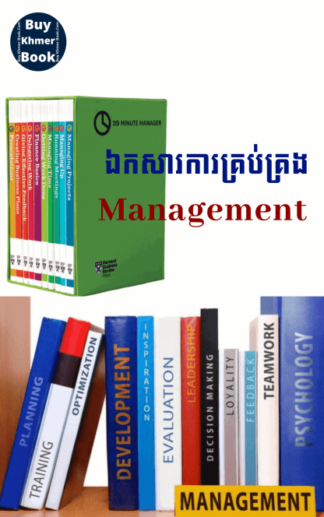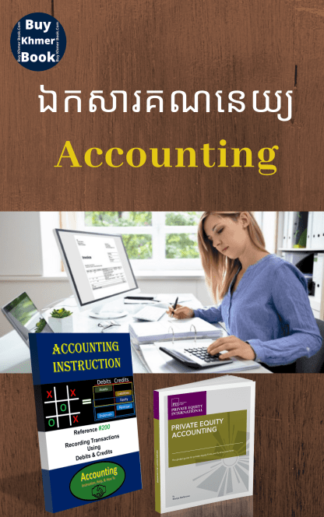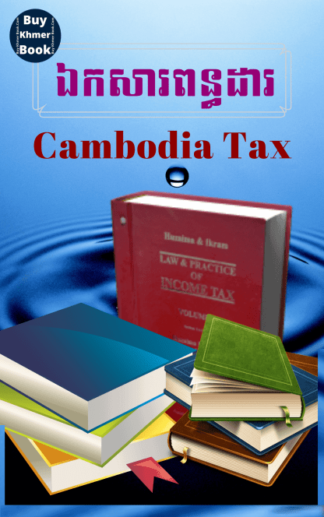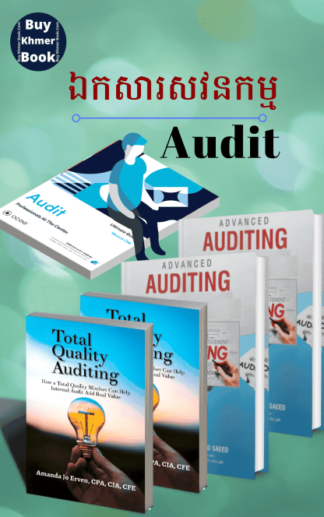Creating delightful pastries at home can be a rewarding experience that opens up a world of culinary possibilities. With the right pastry techniques, you can transform simple ingredients into scrumptious treats that impress family and friends. From flaky crusts to rich fillings, understanding the fundamentals of dough preparation lays the groundwork for your pastry adventures.
Whether you’re interested in sweet or savory options, the array of pastry variations allows for endless creativity in the kitchen. Each type of pastry offers its own unique texture and flavor profile, providing you with versatility to experiment as you like. As you learn to master the basics, you’ll find that making your own pastries can be both simple and enjoyable.
Let’s explore the essential steps for successful dough preparation, along with some tips to help you navigate the wonderful world of homemade pastries. With just a few techniques, you’ll be crafting delectable pastries that delight the senses and satisfy every craving.
Choosing the Right Ingredients for Perfect Pastry
The foundation of delightful homemade pastry lies in the quality of its ingredients. Selecting top-grade components can significantly influence the texture and flavor of your pastry. Focus on using fresh, high-quality flour, preferably all-purpose or pastry flour, which provides the desired balance of gluten for structure without compromising tenderness.
Fat plays a pivotal role in pastry making. Butter is the classic choice due to its rich flavor, but options like shortening or lard can create a flaky texture. Ensure that your fat is cold to achieve the best results. This will help create layers, leading to a light and airy consistency.
Using the right liquid is equally critical. Water is standard, but exploring alternatives like milk or buttermilk can enhance flavor and moisture in your pastry. Incorporating an egg in certain recipes can also add richness and structure.
Don’t overlook the importance of salt. A small amount enhances the overall taste, making the pastry more appealing. Additionally, consider incorporating sugar if you’re preparing sweet pastries, as it contributes to browning and flavor depth.
Always double-check your recipes for specific ingredient requirements. High-quality, fresh ingredients will not only yield better results but also elevate your homemade pastries, making the baking experience more rewarding. Utilize these cooking tips to create delightful pastries that impress every time.
Step-by-Step Guide to Making Flaky and Tender Crusts
Creating a flaky and tender pastry crust may seem challenging, but with the right techniques, it’s quite manageable. Follow these simple steps to achieve the perfect balance of texture and flavor.
Step 1: Prepare Your Work Surface
Start by ensuring your work surface is clean and cool. This helps maintain the temperature of the dough, preventing the fat from melting too quickly.
Step 2: Measure Ingredients Accurately
Accurate measurements are crucial. Use a kitchen scale for dry ingredients to ensure precision. Proper ratios of flour, fat, and liquid yield the best results.
Step 3: Combine Dry Ingredients
In a mixing bowl, whisk together your flour and salt. This distribution of salt ensures even seasoning throughout the dough.
Step 4: Cut in the Fat
Using cold butter or shortening, cut it into the flour mixture until it resembles coarse crumbs. This technique helps to create those desired flaky layers.
Step 5: Add Liquid Gradually
Pour in cold water or other liquids gradually. Mix gently until the dough comes together. Avoid overworking it; this keeps the crust tender.
Step 6: Chill the Dough
Wrap the dough in plastic wrap and refrigerate for at least 30 minutes. Chilling helps the fat solidify, ensuring a flaky texture during baking.
Step 7: Roll Out the Dough
After chilling, lightly flour your surface and roll out the dough evenly to your desired thickness. Keep the edges thicker for a secure crust.
Step 8: Transfer to Pie Dish
Carefully place the rolled-out dough into your pie dish. Avoid stretching, as this can lead to shrinkage while baking.
Step 9: Finish and Bake
Trim excess dough, crimp the edges, and prick the bottom with a fork to prevent bubbling. Bake in a preheated oven according to your recipe. For variations, consider adding herbs or spices to the dough for extra flavor.
With these cooking tips, you can master the art of pastry. Once you are comfortable with the basic technique, feel free to experiment with pastry variations such as sweet or savory options to suit your culinary creations.
Techniques for Baking and Storing Your Pastry Creations
Baking pastry requires attention to detail and a few tried-and-true techniques. Proper dough preparation is key to achieving that perfect rise and flaky texture. Always use chilled ingredients, especially butter and water. This helps the fat remain solid until baking, allowing for layers to form.
For various pastry creations, different baking methods can enhance your results. For example, blind baking is ideal for tarts that need a crispy base. This technique involves pre-baking the crust before adding your filling. Another helpful tip is to ensure your oven is preheated to the correct temperature, which helps set the pastry quickly and produces a golden crust.
Once your creations are baked, storage methods greatly affect their quality over time. Allow pastries to cool completely before wrapping them. For short-term storage, placing them in an airtight container at room temperature is sufficient. However, for longer shelf life, you may prefer freezing. Ensure you wrap them tightly in plastic wrap and place them in a freezer-safe bag.
Experimenting with pastry variations can be exciting, especially when paired with cooking tips to maximize flavor and texture. Remember to check resources like https://raisinghomemakers.com/ for additional insights on home baking and baking essentials.
_ខាងក្រោមនេះជាសៀវភៅនិងឯកសារសម្រាប់ការងារនិងរៀនគ្រប់ប្រភេទ៖
-
Uncategorized (130)
-

កម្មវិធី QuickBooks រៀបចំដោយ ACCA, MBA, Tax Agent..បន្ទាប់ពីទិញ អានមិនយល់អាចសួរបាន /ទាក់ទងទិញ 093 646 646 (32)
-

ការគ្រប់គ្រង (Management) រៀបចំដោយ ACCA, MBA, Tax Agent..បន្ទាប់ពីទិញ អានមិនយល់អាចសួរបាន /ទាក់ទងទិញ 093 646 646 (67)
-

ការធ្វើទីផ្សារ (Marketing) រៀបចំដោយ ACCA, MBA, Tax Agent..បន្ទាប់ពីទិញ អានមិនយល់អាចសួរបាន /ទាក់ទងទិញ 093 646 646 (20)
-

គណនេយ្យ (Accounting) រៀបចំដោយ ACCA, MBA, Tax Agent..បន្ទាប់ពីទិញ អានមិនយល់អាចសួរបាន /ទាក់ទងទិញ 093 646 646 (215)
-

គ្រប់គ្រង់ហិរញ្ញវត្ថុ (Finance) រៀបចំដោយ ACCA, MBA, Tax Agent..បន្ទាប់ពីទិញ អានមិនយល់អាចសួរបាន /ទាក់ទងទិញ 093 646 646 (42)
-

ធនាគារនិងគ្រឹះស្ថានហិរញ្ញវត្ថុ (Banking & Financial Institution) រៀបចំដោយ ACCA, MBA, Tax Agent..បន្ទាប់ពីទិញ អានមិនយល់អាចសួរបាន /ទាក់ទងទិញ 093 646 646 (6)
-

ពន្ធដារ (Cambodia Tax) រៀបចំដោយ ACCA, MBA, Tax Agent..បន្ទាប់ពីទិញ អានមិនយល់អាចសួរបាន /ទាក់ទងទិញ 093 646 646 (79)
-

សវនកម្ម (Audit ) រៀបចំដោយ ACCA, MBA, Tax Agent..បន្ទាប់ពីទិញ អានមិនយល់អាចសួរបាន /ទាក់ទងទិញ 093 646 646 (41)







